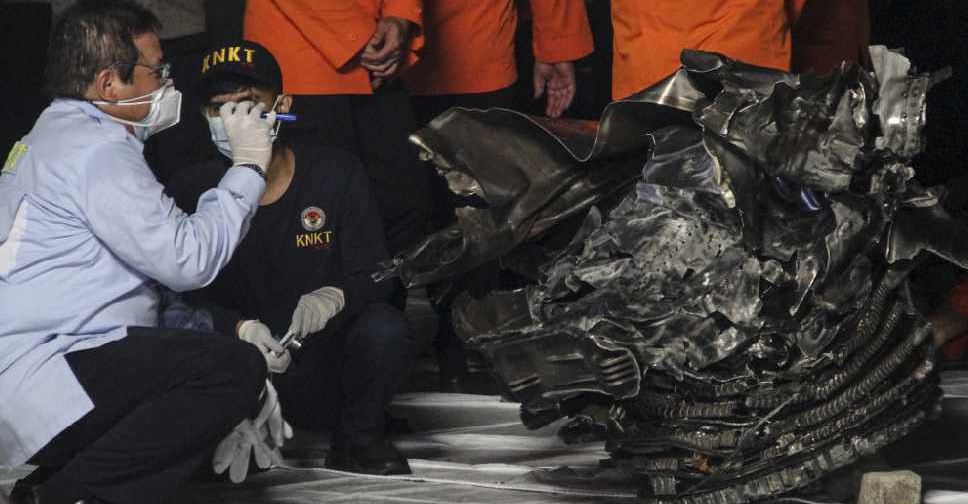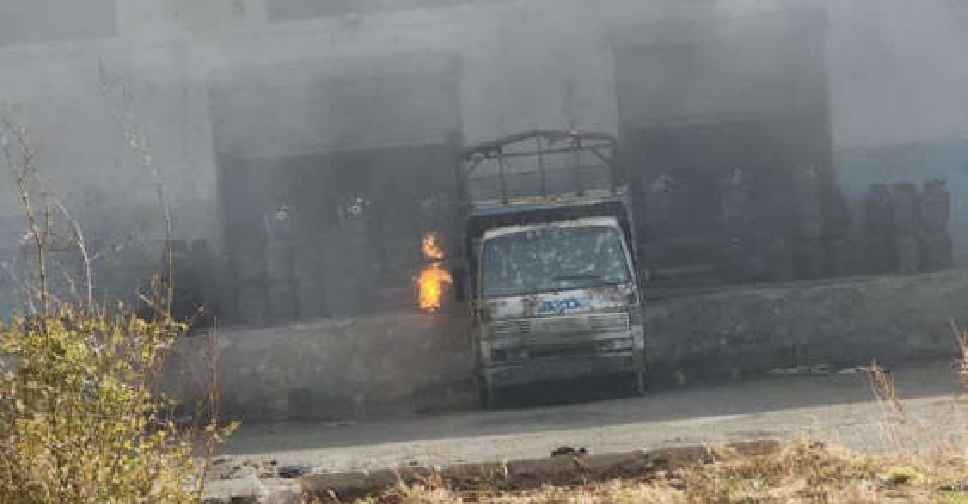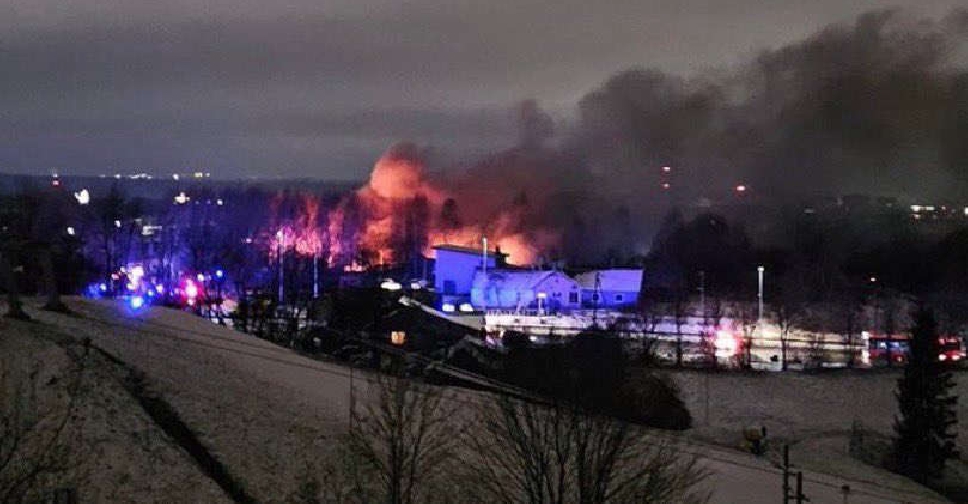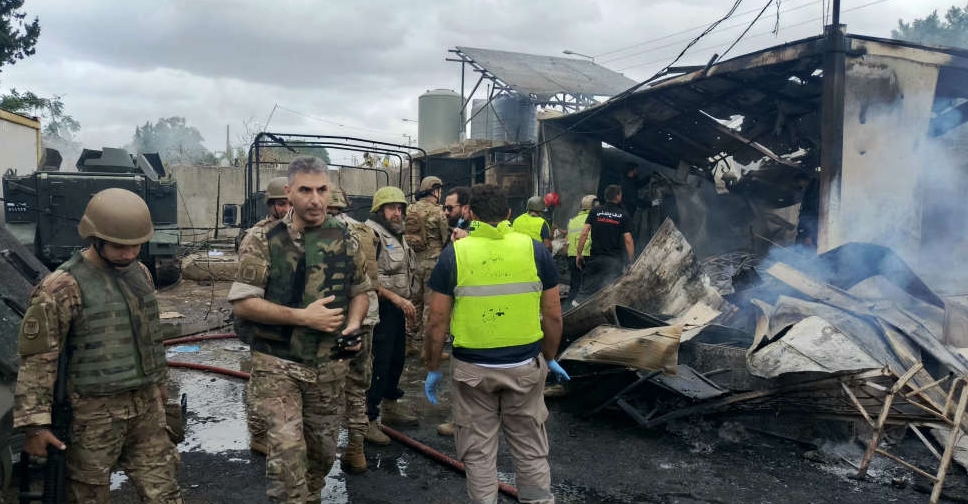
Indonesia's transport ministry said on Tuesday a Sriwijaya Air jet that crashed into the sea three days ago had passed an airworthiness inspection last month.
The Boeing 737-500 plane with 62 people on board plunged into the Java Sea on Saturday, four minutes after taking off from Jakarta's main airport.
The Transport Ministry said in a statement the plane, which had been grounded between March and December last year during the pandemic, passed an airworthiness inspection on December 14.
The plane flew five days later with no passengers and then resumed commercial flights on December 22, the ministry said.
Initial findings by Indonesia's National Transportation Safety Committee (KNKT) showed a jet engine was running when it hit the water, based on damage seen on parts retrieved from the sea.
"The damage on the fan blade showed that the engine was still working on impact," KNKT chief Soerjanto Tjahjono said in a statement.
"This is consistent with the hypothesis that the plane's system was still working at an altitude of 250 feet (76 metres)," he said, noting the plane was transmitting data at that altitude.
Divers have narrowed down an area where the flight recorders, known as black boxes, are believed to be but search efforts have been hindered by debris, officials said.
A remotely operated vehicle had been deployed to help scour the seabed, while navy vessels with sonar search from the surface.
Once the flight data and cockpit voice recorders are found, the KNKT expects to be able to read the information in three days.
With few immediate clues on what caused a catastrophic loss of control after take-off, investigators will rely heavily on the flight recorders to determine what went wrong.
The Sriwijaya Air plane was nearly 27 years old, much older than Boeing's problem-plagued 737 MAX model. Older 737 models are widely flown and do not have the stall-prevention system implicated in the MAX safety crisis.


 15 Turkish-backed fighters killed by Kurdish forces in Syria
15 Turkish-backed fighters killed by Kurdish forces in Syria
 One dead, three injured in Lithuania cargo plane crash
One dead, three injured in Lithuania cargo plane crash
 One Lebanese soldier killed, 18 hurt in Israeli strike on army centre
One Lebanese soldier killed, 18 hurt in Israeli strike on army centre
 Netanyahu condemns settler violence on IDF in West Bank
Netanyahu condemns settler violence on IDF in West Bank
 Russian plane evacuated in Turkey as engine catches fire
Russian plane evacuated in Turkey as engine catches fire







